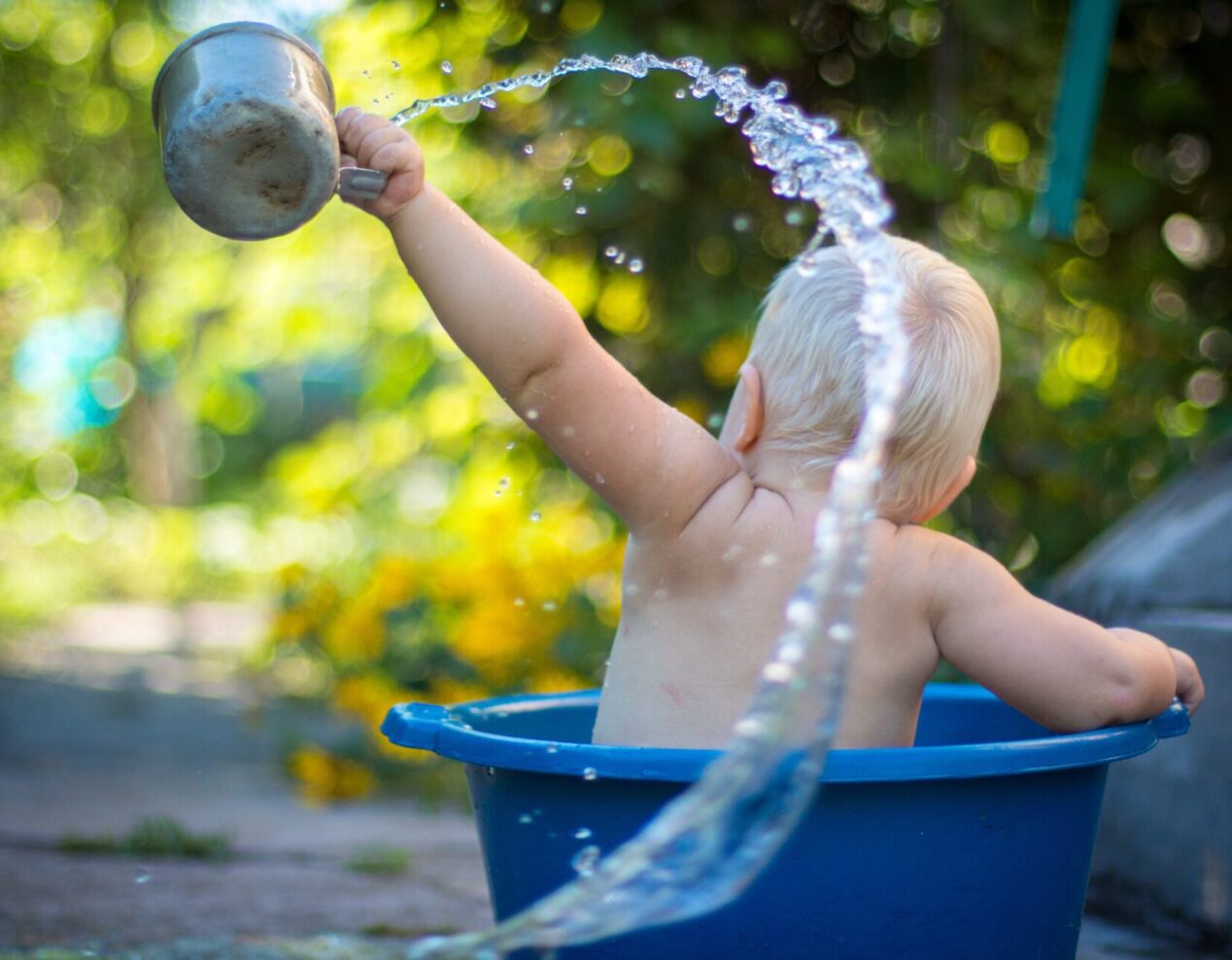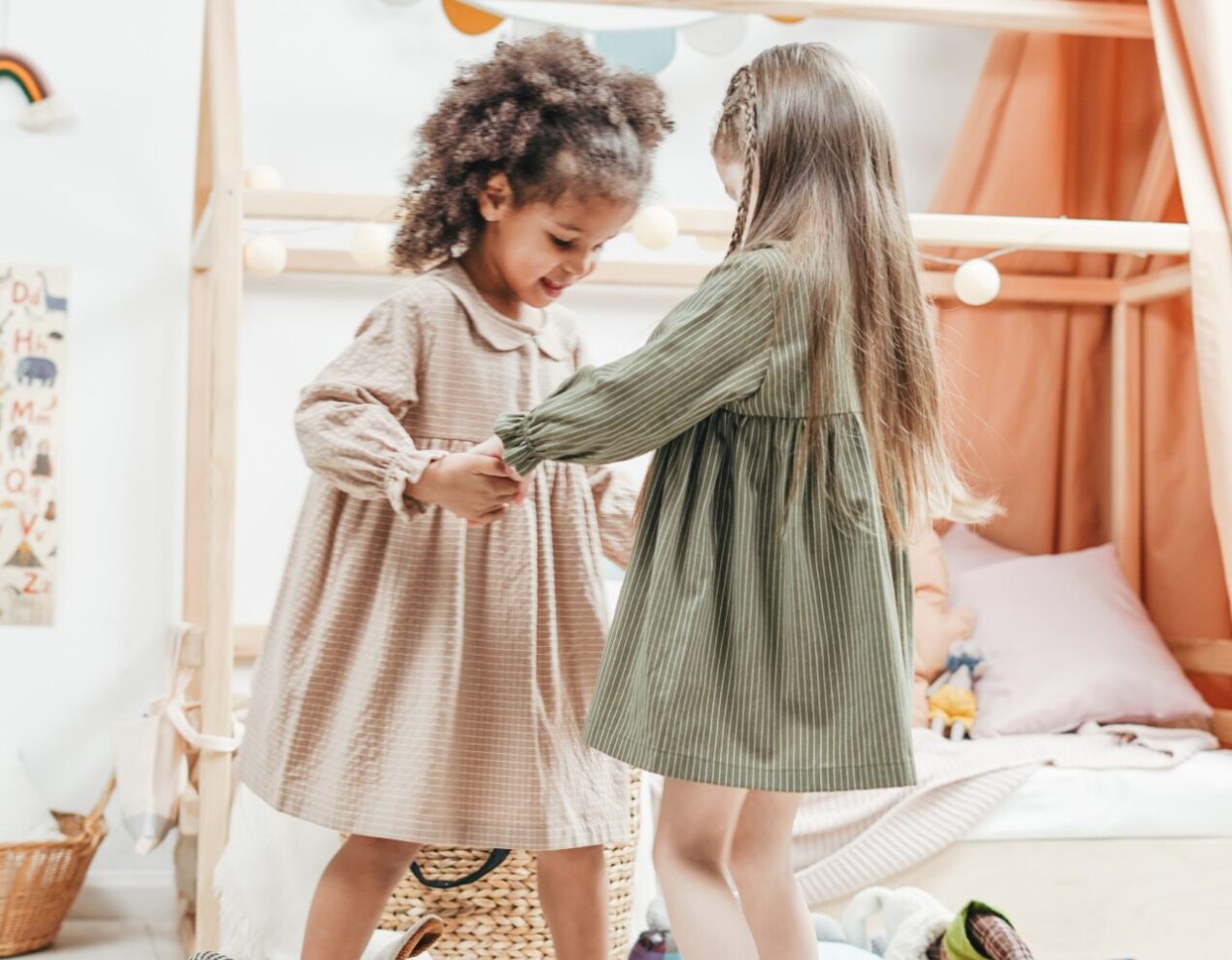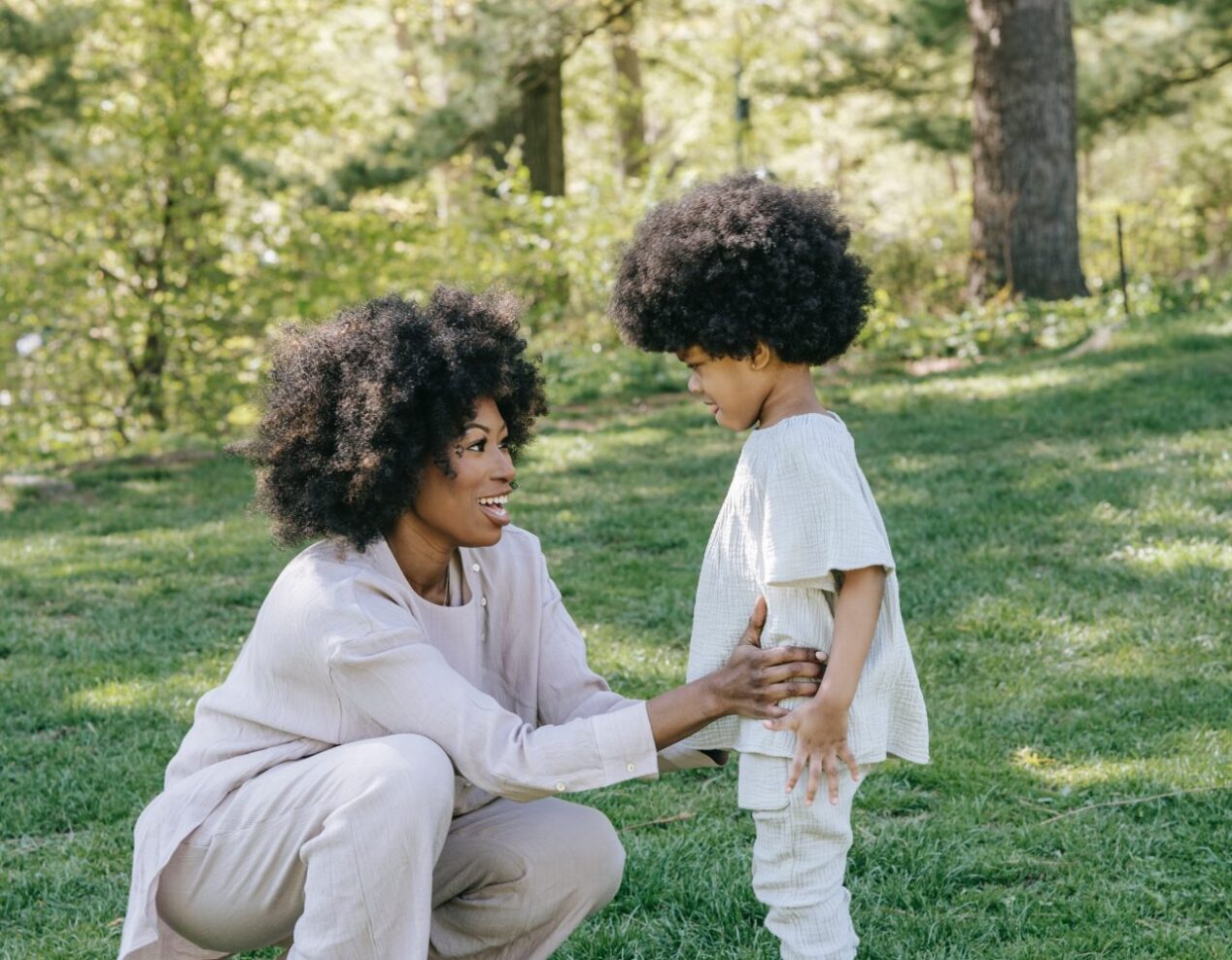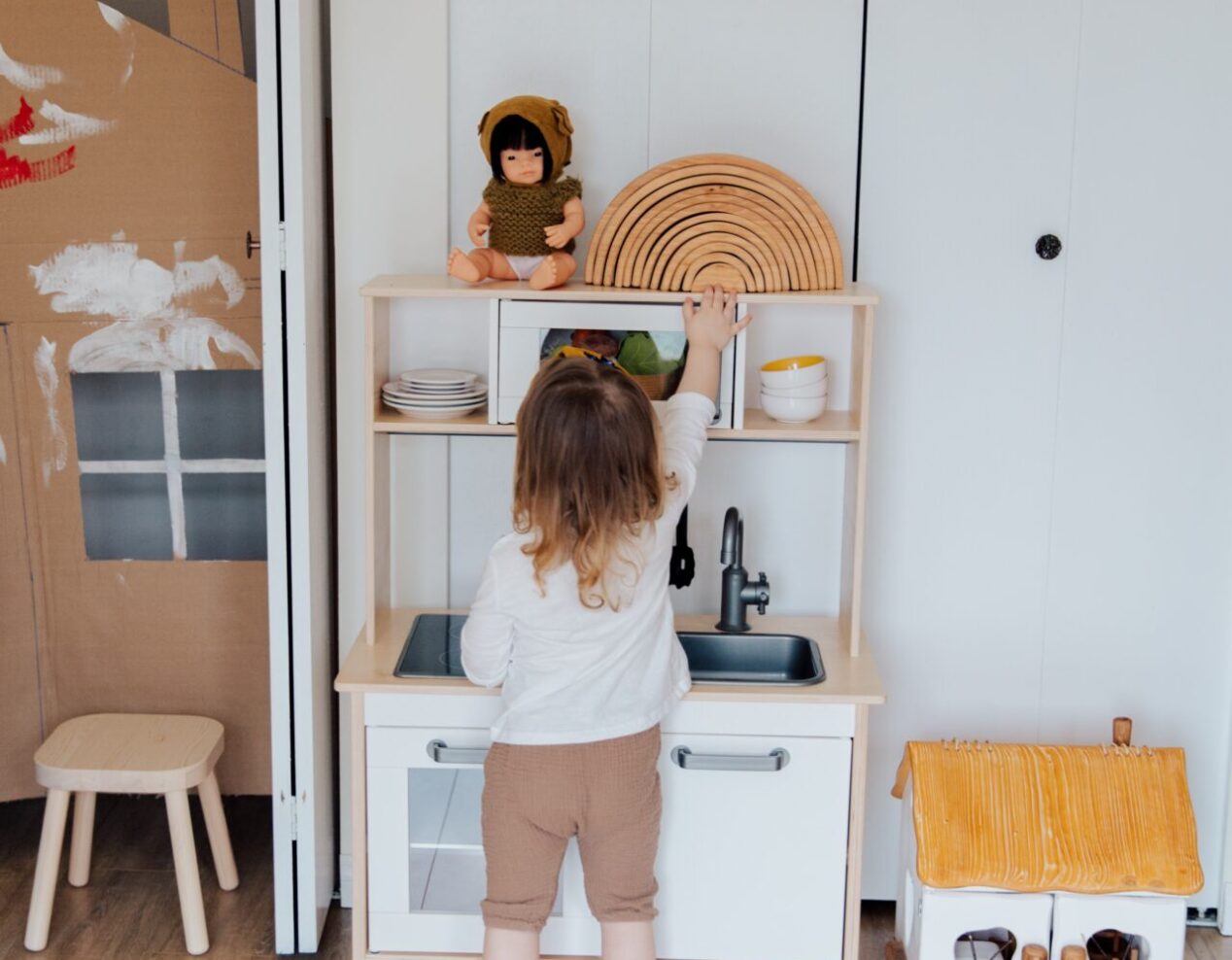Unleashing creativity and learning through playful water activities

An undeniable fact is the magnetic attraction water has on toddlers.
Its ever-changing form and the tactile experience it offers make it a perfect tool for exploratory play. Here’s how to let your little ones dive into the world of water discovery.
A word of caution, however. It’s crucial to always supervise toddlers when they’re around water as even a shallow depth can pose serious risks.
Exploring water indoors:
- Interacting with sponges Introduce sponges to your toddler’s playtime. Let them feel the different textures, shapes, and sizes and teach them how to squeeze water out of the sponge. Natural sponges add an extra layer of excitement due to their variation.
- Creating art with water Propose an art project using just water and brushes. Find a dry surface, such as a chalkboard or a sheet of construction paper, and let your toddler paint with water, witnessing how it interacts with different surfaces.
- Experimenting during bath-time Make bath time educational by demonstrating the different ways water can flow. Use everyday objects like funnels, eyedroppers, squeeze bottles, and drip drop cups to showcase various water patterns.
- The great ice melt Create a fun activity by freezing tiny toys inside ice cubes. Add food coloring to the mix for added intrigue. Then, let the ice cubes thaw in warm water and watch as the toys are revealed.
- Learning about ice Place a bowl filled with ice cubes in water and let your toddler explore the fascinating properties of ice, such as texture, temperature, and shape. Use this activity as a chance to introduce descriptive words like cold, melt, and slippery.
- Understanding buoyancy Create a simple physics experiment by using various objects that float or sink, like feathers, pebbles, cups (empty and filled), and pompoms.
Outdoor water fun:
- Water art outdoors With a bucket of water and large brushes, allow your toddler to ‘paint’ on outdoor surfaces like the fence or pavement.
- Playing with water and utensils Set up a water-filled storage bin outside. Add cups, scoops, droppers, and other toys for a splashing fun time.
- Understanding water dynamics Next visit to a pond or lake, let your toddler toss in stones and sticks. Discuss the splashing effects and observe if the objects sink or float.



